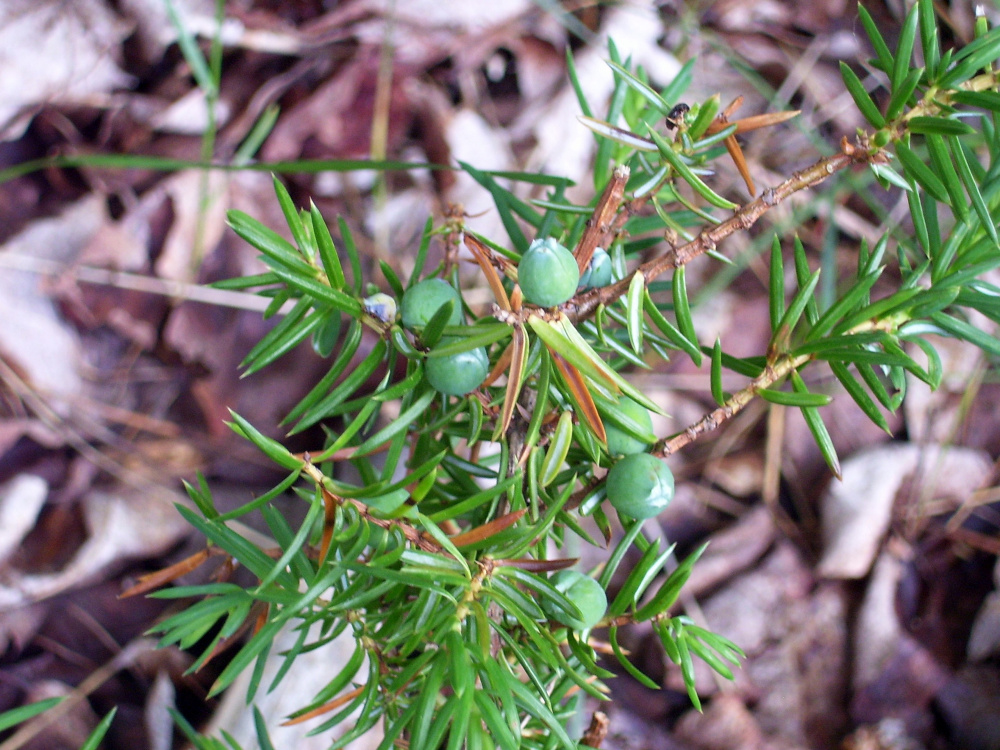For a long time the scientific compartment of my mind has explained to me that festivities exist in and around December in order to help everybody buck up for the months to come. The sun is at its lowest high point in the sky and winter is about to set in hard, so we might as well celebrate the recent harvest and the remnants of our summer cheer to gain some momentum into the long, cold dark. This turns on the hope and faith that light and warmth do indeed return.
Hope and faith are — not to put too fine a point on it as wires between the scientific compartment and the mystical compartments start to cross — psychological activities, and “psychological” is somewhere on the outskirts of spiritual. Whatever “spiritual” means, you nonetheless need a mind of winter to see the junipers shagged with ice and not let it halt your hope of spring. Especially in the darkest season of the year, you need to give attention to the evidence of the thing unseen, which in December is decidedly June.
For example, there is abundant empirical evidence, even in heavy snow, that life survives winter: The cedars, spruces, firs and pines crusted with snow in January are still green, the deep green that doesn’t fade and symbolizes life. In ancient times our forebears used evergreens to keep in mind that even in the deepest depths of cold and dark, light and life return. That’s not misery you hear when the wind whips through December hemlocks, but the underlying whirl of life.
And they noticed that the shortest day in December is exactly when the sun begins its return. That’s one thing evergreens like mistletoe and holly mean, and why they’re used in wreaths around the holidays.
Holly, which has shiny, leathery, pointy evergreen leaves and distinct red berries, is not native to Maine and in truth I’ve never seen it growing here. Our mistletoe also is not the mistletoe of the British Isles associated with healing, goodwill and eventually a kiss (our Eastern dwarf mistletoe is a parasite to spruce). What we do have in abundance, though, is juniper.
Common juniper, even more than balsam fir, smells like Christmas to me. It’s the most widespread evergreen in North America, and around here grows mostly as flat bushes in rock-ledge places. Its needles are stiff and pointed, and Native Americans apparently burned them as incense and a cure for coughs. Juniper berries — which actually are tightly closed cones, ripening from green to dusty blue over two or three years growth — have a sharp, piney fragrance. A regenerative tea can be made of them, and centuries ago the Dutch discovered they create a pleasant, biting tingle when included in the distilling process for gin.
To me gin also tastes like Christmas. This is an association blowing around in some bare place outside my scientific mind, not a fact. And I never drink gin to get me through the night, like some people. But in scent and effect it might be the quintessential “glass of cheer.” A spirit of the spirit of Christmas arising out of evergreens.
For now the junipers and their berries, stark in this year’s snowless terrain, seem as gone as the wayworn sun. The scientific naturalist in you, though, knows that the tough, windy little bushes don’t actually die in winter. And on some warm June afternoon when you walk by at just the right moment, the juniper scent will rise and suddenly it will be crystal clear to the backyard naturalist in you that the Christmas hope was true after all, you survived, and life prevailed, as promised.
Dana Wilde lives in Troy. You can contact him at naturalist1@dwildepress.net. Backyard Naturalist appears the second and fourth Thursdays each month.
Send questions/comments to the editors.




Comments are no longer available on this story